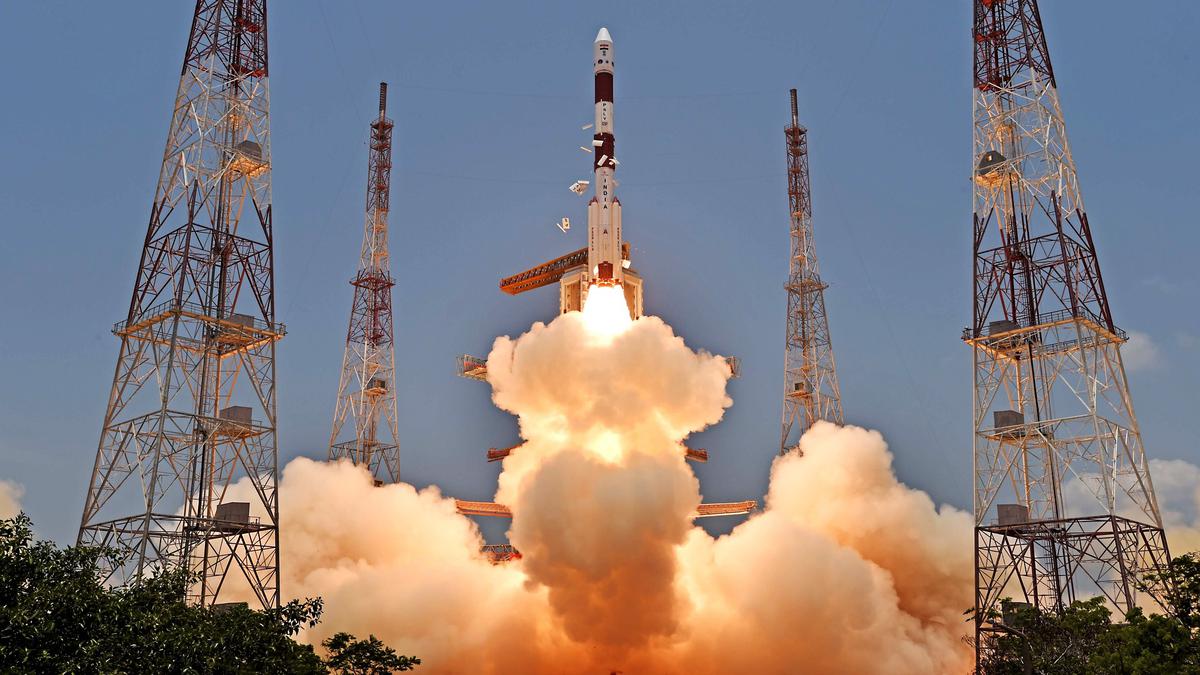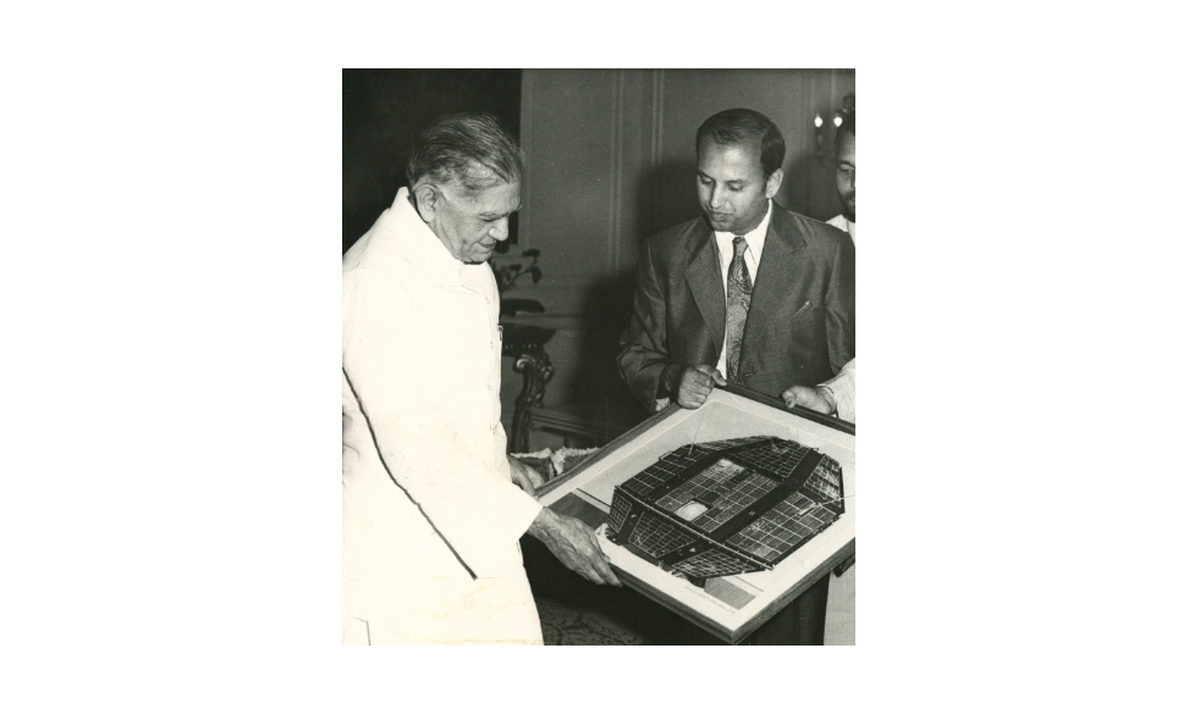Every year, 19-23 million tonnes of plastic waste leaks into aquatic ecosystems
| Photo Credit: AFP
Recall what grandparents did, before the age of plastics. They would bring their own bags, normally of cotton or jute, bring home the purchase, and later, wash and dry the bags, ready for the next use. They also used glass and steel vessels and bottles. But now, in the age of plastics, when we go to the grocer, vegetable vendor and markets to buy stuff, we all use plastic bags. Traders use plastic bags and bottles for their products and even water. When did the age of plastics start? It was in 1907 that the Belgian scientist Leo Baekeland synthesised the first plastic using formaldehyde and phenol, called it Bakelite, mass produced it and marketed it. This was the dawn of the plastics age. Some of the early products that became 20th century icons were the camera, telephone and radio. Today, just about everything is made of plastics – water bottles, straws, plastic cutlery, polythene bags, baby products, laptops, cell phones, drones and aircrafts. Even Chandrayan used materials made of a combination of metals, glass and plastic in its voyage.
The downside
However, there is a downside to the plastic age. The UN Environment Programme (UNEP) points out that every day, the equivalent of 2,000 garbage trucks full of plastic are dumped into the world’s oceans, rivers, and lakes. Plastic pollution is a global problem. Every year, 19-23 million tonnes of plastic waste leaks into aquatic ecosystems, polluting lakes, rivers and seas. Plastic pollution can alter habitats and natural processes, reducing ecosystems’ ability to adapt to climate change, directly affecting millions of people’s livelihoods, food production capabilities and social well-being. The UNEP points out that the environmental, social, economic and health risks of plastics need to be assessed alongside other environmental stressors, like climate change. Very little of plastics we discard every day is recycled or incinerated in waste-to-energy facilities. Much of it ends in the soil and the sea. The greenhouse gases emitted by plastics affect the global temperature, costing over 300 billion dollars annually.
What citizens should do
O Bhongade and R Bhargava from the IIST Indore, write in the journal International Journal of Research and Applied Sceinces, Engineering and Technology (2019) that since disposal of postconsumer plastics is increasingly being constrained by legislation and escalating costs, we need alternatives to disposal or land filling. Recycling of plastics is a method for production of the vital resource of liquid and gaseous fuels. Thermal and catalytic degradation, and gasification are alternative methods for recycling of plastic waste to produce fuel having properties similar to commercial fuels. These processes can be done in order to overcome the shortage of commercial fuel and the problem of plastic waste.
Given that we cannot but use plastic material every day, what are the various precautions and positive steps that we can take in our everyday lives? One is not to discard plastic bottles and bags after use, but reuse them. The second is to use more and more glass and steel products. Follow what our ancestors were doing.









